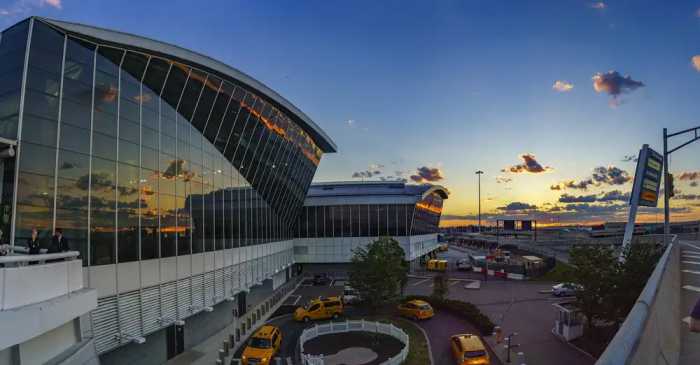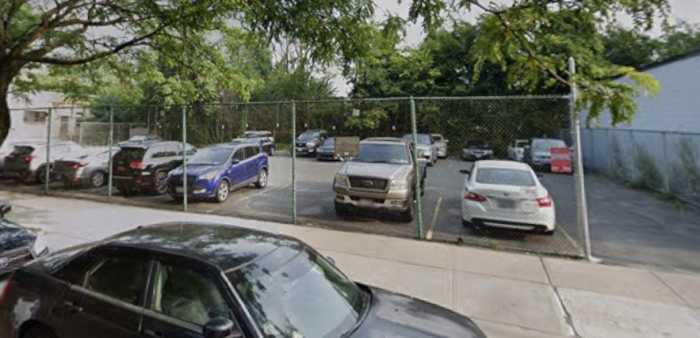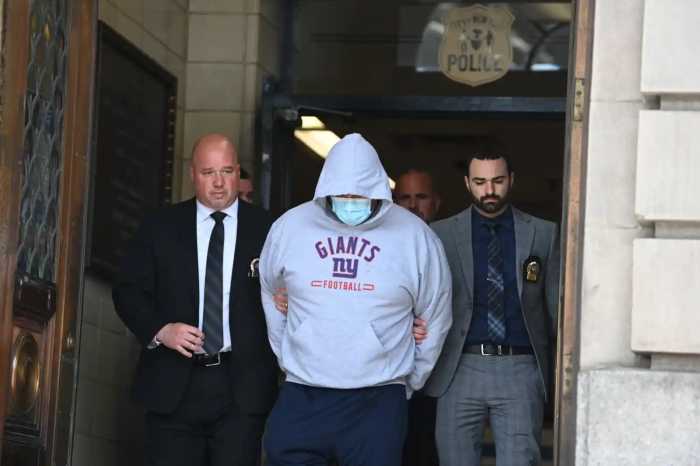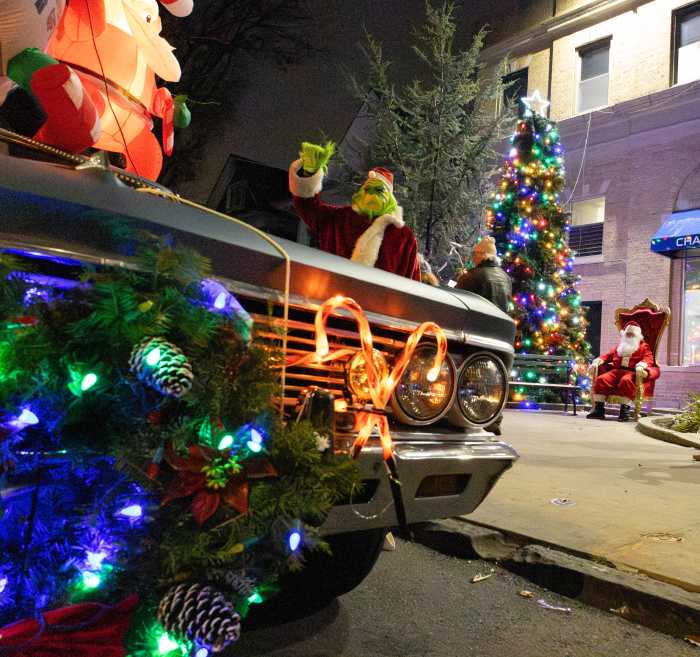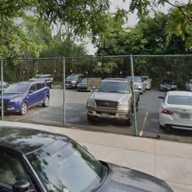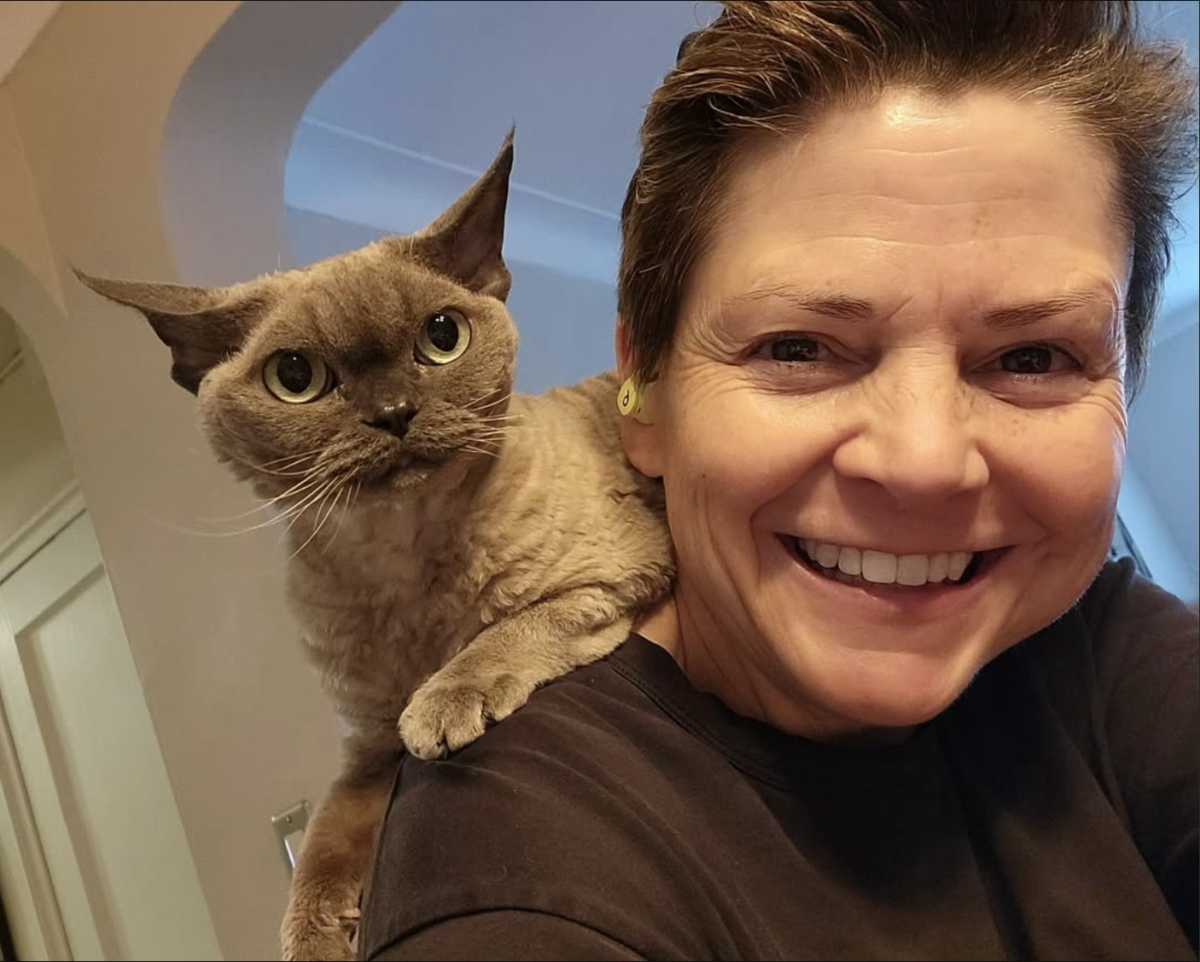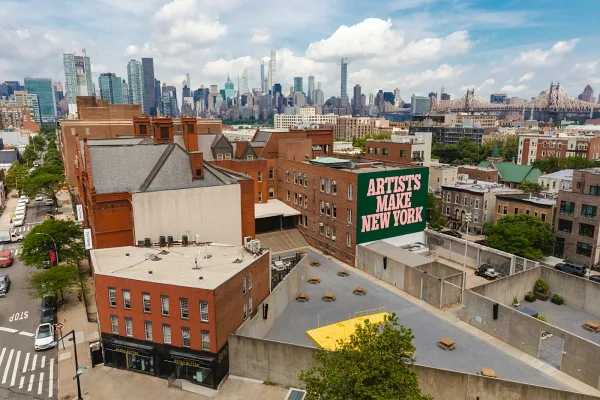Glendale Residents Slam One-Way Switch
While all were in agreement that the reconstruction of the Cooper Avenue underpass on the Glendale/Middle Village border is necessary, residents at the meeting of Community Board 5 Transportation and Public Transit committees last Tuesday, Jan. 24, at The Shops at Atlas Park in Glendale blasted a proposed traffic pattern change related to the project.

During the standing-room-only session at Atlas Park’s community room, Glendale residents urged Maura McCarthy, the Queens borough commissioner of the Department of Transportation (DOT), to scrap their plan to change 74th Street between 78th and Cooper avenues from a one-way northbound to a oneway southbound. They claimed that it would add to congestion on 73rd Place and other nearby roadways and result in the loss of parking spots.
McCarthy explained that the oneway switch is being made to increase the safety of pedestrians crossing Cooper Avenue at 74th Street, especially students at P.S./I.S. 119, located less than a block away. Based on studies conducted by the DOT, she indicated that the change would not have a negative impact on the com- munity even during peak hours.
“The reason we’re doing this is to get rid of conflicting turns” from 74th Street northbound onto Cooper Avenue in both directions, the commissioner stated. In response to hearing previous concerns from residents and Board 5 members, she noted, the DOT conducted traffic counts to measure when and how many vehicles made turns at the intersection.
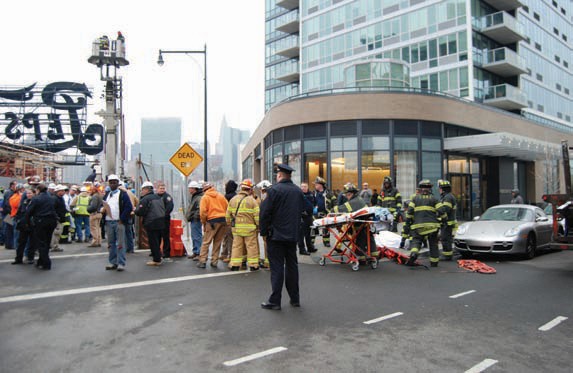
The study found that the intersection was busiest at two peak hour periods- between 6:30 and 7:30 a.m. and between 3:30 and 4:30 p.m.- with the morning hour having the highest amount of activity, McCarthy stated. During that time, 170 vehicles made the turn from 74th Street onto Cooper Avenue.
“If they were rerouted to 73rd Place, we do not believe that 170 vehicles in an hour period is going to cause a traffic jam,” McCarthy said, noting that the one-way change would result in between three and six additional cars waiting at the stoplight at the corner of Central Avenue, Cooper Avenue and 73rd Place each 90-second traffic signal cycle. “That is not considered to be a lot of vehicles.”
The borough commissioner maintained that if congestion is found to increase beyond the DOT’s expectations, changes to the signal cycles at Central Avenue, Cooper Avenue at 73rd Place and the confluence of Cooper Avenue, 73rd Place and 78th Avenue can be made to improve traffic flow.
“This is being done to make things safer for the children walking to the school and to reduce conflicting turns,” she insisted. She also indicated that the one-way change would also potentially allow P.S./I.S. 119 to relocate its school bus drop-off point to 74th Street, with students departing the bus on the same side as the school.
Change will bring more ‘grief’
Despite the DOT’s opinion, local residents suggested that there were other ways to increase pedestrian safety in the area without having to inconvenience drivers and neighbors.
Bill Burtis of 74th Street suggested that the city bring additional crossing guards to Cooper Avenue and 74th Street and other intersections in the immediate vicinity of the school to help guide students and drivers through safely.
“You’re going to put so much grief on people who have lived there all their lives,” he said, also expressing concern that the potential addition of school buses turning onto 74th Street from 78thAvenue would result in the loss of additional parking spaces in the area.
McCarthy suggested that there may not be any spaces lost since a fire hydrant is on the northwestern corner of 74th Street and 78th Avenue and school-day parking restrictions are already in place on the side of the street adjacent to P.S./I.S. 119.
Others in attendance also observed that the DOT may be moving to quickly on making the change to 74th Street, as the population of P.S./I.S. 119 will grow in the years to come after being expanded from an intermediate (grades six through eight) to a full elementary school.
“In two to four years, it will be a competely different school population with different patterns,” said Lydon Sleeper, chief of staff to city Council Member Elizabeth Crowley. He observed that it would make more sense to consider the one-way change in “a couple of years” once the full expansion of P.S./I.S. 119 takes effect.
One resident noted that she has difficulty currently getting out of her driveway on 78th Street on school days due to students and vehicles passing through the area, adding that the problems would be compounded as P.S./I.S. 119’s population grows.
McCarthy responded that while the traffic patterns and volume will change, the conflicting turns at the corner of Cooper Avenue and 74th Street-and the hazards that go along with it-would remain if the one-way switch is not made.
Regarding the potential for bringing additional traffic onto 73rd Place, local resident Matilda Huber argued that more children would be at risk while crossing the street. She noted that she has frequently observed youngsters ignoring traffic signals and warning signs while crossing at the corner of 73rd Place, 78th Avenue and Cooper Avenue.
This point was reinforced through photos shown by Richard Huber-a Board 5 member, local businessman and Matilda Huber’s son-of children crossing at the intersection though the “don’t walk” signal was activated. “They’re not paying any attention to the signs,” he said.
Dorie Figliola, a representative of Assemblyman Mike Miller, noted that police and School Safety officers have been advised of the condition, but despite their efforts, children continue to cross through regardless of signs and signals.
“They’re not going to listen,” she said. “To put additional amounts of traffic [on 73rd Place], I personally can’t see how that will work.”
If implemented, the one-way change would be enacted once the Cooper Avenue reconstruction project is completed, on or about June 2013. It was noted that other suggested changes from the DOT to eliminate parking spots on Cooper Avenue between 73rd Place and 74th Street were scrapped based on objections raised by Board 5.
Blueprints for reconstruction
Aside from the street changes, Ali Mallick of the Department of Design and Construction (DDC)-which is the agency overseeing the project on behalf of the DOT-provided details about the underpass’ reconstruction, which has a projected cost of $5.7 million and is expected to take 18 months to complete.
In repeated inspections conducted over the last several years, Mallick noted, the DDC found that the retaining walls were eroding to the point where passersby could see the metal rebars anchoring the concrete in place. The parapet walls above them were in even worse shape, he added, as there were gaping holes in some locations.
To protect the fragile parapet wall on the northern side of the underpass, Mallick stated, the DOT installed a concrete jersey barrier along side it on the Cooper Avenue service road to prevent drivers from striking the parapet and causing even further damage.
At first, Mallick noted, the agency was “under the impression” that the entire retaining wall would need to be reconstructed, but upon further testing, it was determined that most of the interior concrete was very strong, while the outer layers-measuring about three inches deep from the surface- were the most vulnerable.
During the course of the project, the DDC representative explained, crews will scrape off and replace approximately three inches of each retaining wall. The parapet walls will be replaced with new concrete between three and six inches thick and topped with metal fencing and lampposts.
Additionally, workers will also widen the sidewalks on either side of Cooper Avenue, Mallick stated. One of the sidewalks will be wider than the other in order to be used as a shared bicycle path and pedestrian walkway.
He noted that the DDC is looking into potentially installing a device between that sidewalk and the roadway in order to further enhance the safety of pedestrians and bicyclists.
One resident in attendance said that having a shared pedestrian/bicycle pathway was not a good idea, as passing vehicles-often traveling at high rates of speed-endanger pedestrians walking through the underpass.
Mallick stated that the project will be completed in two phases, starting with the wall on the southern side (Cooper Avenue eastbound) and followed by the wall on the northern side (Cooper Avenue westbound).
“There will always be pedestrian access on one side of Cooper Avenue and one lane of traffic in each direction” for the duration of the project, he assured residents. Though the road will not be closed, some parking spaces on the Cooper Avenue service roads would be temporarily lost for five-month intervals to accommodate construction vehicles.
Numerous catch basins will also be installed along the underpass route to prevent potential flooding, Mallick added.
Richard Huber asked if the concrete used for the retaining walls would be treated with a synthetic liner to easily remove graffiti; Mallick responded that while the DDC did investigate installing such a liner, it ultimately determined that none could be applied due to the scope of the work.
Board 5 Chairperson Vincent Arcuri also inquired if the DDC would make improvements to the staircase leading from the sidewalk on the northern side of the underpass to the Cooper Avenue service road, as it is “unsafe, dirty and unlit.” Though Mallick indicated that improvements to the stairwell were not part of the project, McCarthy said that she would investigate if the DOT could do something to improve conditions.
Traffic safety requests
Based on advisories submitted by the public, the committees agreed to ask the DOT to consider the following:
– conducting a speed study along Troutman Street between Onderdonk and Seneca avenues in Ridgewood; and
– installing no-standing signs for daylighting purposes on 60th Place at Metropolitan and Eliot avenues in Middle Village.
At the DOT’s request, the committees also voted to send a letter recommending the installation of a speed bump along 54th Street between Arnold and Nurge avenues in Maspeth.
The next meeting of Community Board 5’s Transportation and Public Transit committees is scheduled to take place on Tuesday night, Feb. 28, at 7:30 p.m. at Board 5’s Glendale office, located at 61-23 Myrtle Ave. For additional information, call 1-718-366-1834.


